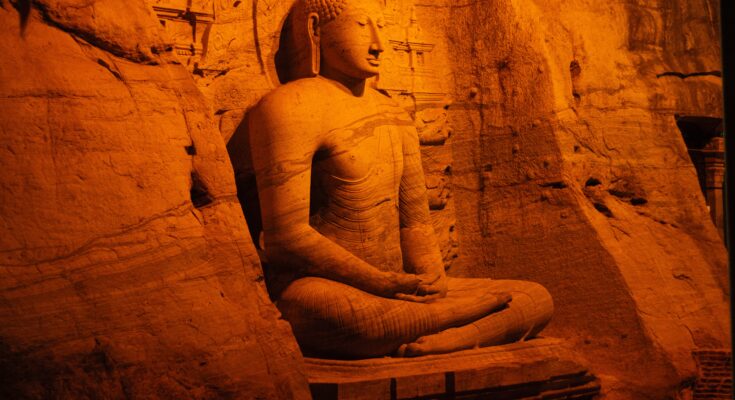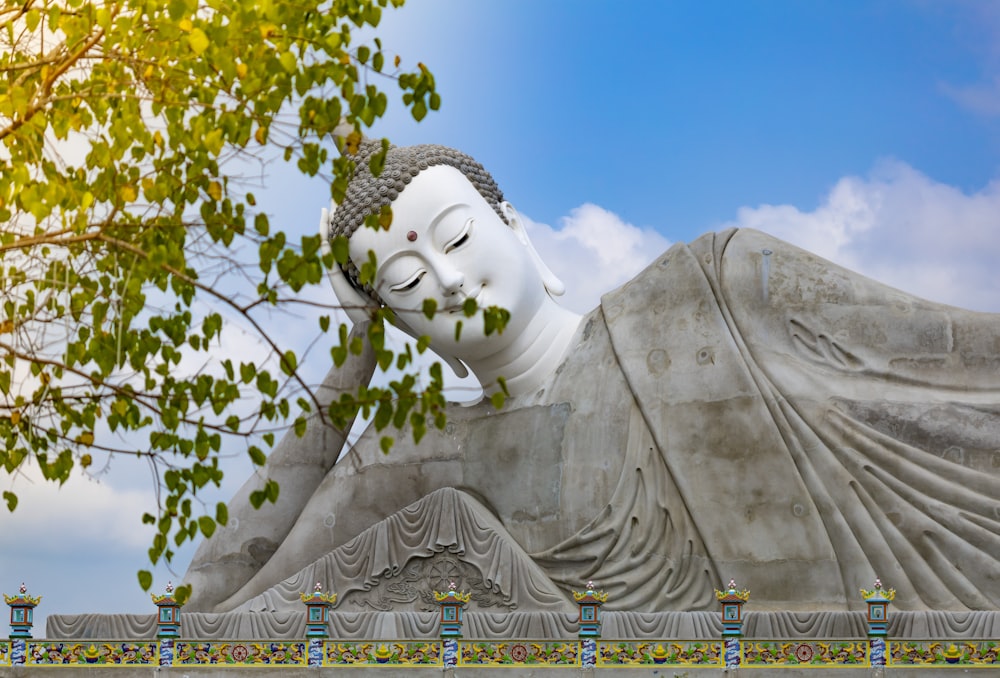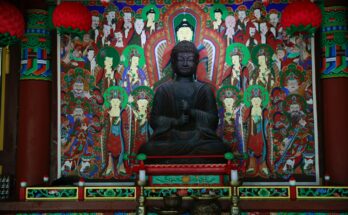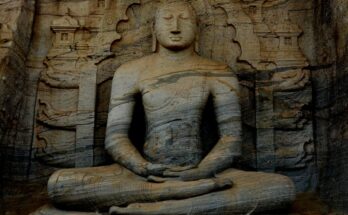Buddhist take on nature and ecology
Like every religion, Buddhism have its own stance on nature and Ecology. Let us explore the Buddhist take on nature and ecology.
Buddhist Ecology: Four Dimensions
Image via Unsplash.com
Since the Buddha taught his dharma in India more than 2,500 years ago, Buddhism has taken on many different forms, but its central normative idea—the causal interconnection of all things—has remained constant. Four perspectives are united in the mind of a Buddhist: existential, moral, cosmological, and ontological.
Buddhists maintain that all sentient beings share the basic conditions of birth, old age, suffering, and death. This is based on existential theory. The central idea of the Buddha’s teaching is the existential recognition of the shared nature of suffering. The core of the Buddha’s enlightenment experience is insight into the nature of suffering, its source, its end, and the road to the cessation of suffering. These insights are expressed as the four noble truths and were first presented in the Buddha’s public teaching.
Universal truth: Buddhist Ideology
This universal truth is communicated by the tradition through numerous, frequently moving narratives, the account of the founder’s journey to nirvāṇa, and the logical relationship between the four noble truths. According to one story, a young mother visits the Buddha following the death of her little child. She begs the Blessed One to give her child back his life. The heartbroken mother is told by the Buddha to bring him a mustard seed from a home in a village where death has never happened. If she finds such a home, the Buddha will revive her child. The mother brings the existential realization of the universality of suffering brought on by death to the Buddha instead of the mustard seed.
Suffering and compassion
Image via Unsplash.com
Buddhism connects the moral virtue of compassion with the existential condition of suffering’s universality. The tradition views it as an act of global compassion that the Buddha, upon attaining enlightenment, chose to share his insight into the source of suffering and the way to end it, instead of selfishly retaining this information for himself. Buddhist environmentalists argue that conscious awareness of the universality of suffering leads to compassionate empathy for all forms of life, especially for sentient animals, drawing on the example of the Buddha.
As a moral guideline supporting the nonviolent elevation of suffering, they understand the Dhammapada’s ethical injunction to do good rather than evil. This ideal is embodied in the prayer of universal loving kindness that ends many Buddhist rituals: “May all beings be free from enmity; may all beings be free from injury; may all beings be free from suffering; may all beings be happy.” Buddhist environmentalists extend loving kindness, compassion, and respect beyond people and animals to encompass plants and the earth itself out of concern for the entire living ecosystem.
Buddhist cosmology
The ideas of karma and reincarnation, or saṃsāra, combine the Buddhist cosmology’s moral elements with the existential feeling that all sentient life forms share a similar predicament. Rebirth connects animal and human species, just like the biological sciences do. While rebirth maps species differences and similarities based on moral principles, evolution maps them based on physical and genetic characteristics.
Every sentient life form is a component of a hierarchical taxonomy including five or six life forms. And a karmic continuum that is conventionally separated into three world-levels. There is a moral hierarchy within this continuum, distinctions between individuals. And other life forms are relative rather than absolute.
Buddhist preferences
Image via Unsplash.com
All forms of karmically conditioned life—human, animal, divine, and demonic—are tied within contingent, samsaric time. Despite Buddhism’s traditional preferences for humans over animals, animals over hungry ghosts, male gender over female, and monks over laypeople.
The Buddhist summum bonum, nirvāṇa, holds the possibility of converting karmic condition into an unconditioned state of spiritual freedom. This realization may be accessible to all sentient beings on the karmic continuum. The understanding that all living forms share a common problem and promise led to the explicit doctrine of spiritual liberation for plants, trees. And the land itself in Chinese and Japanese Buddhism. This idea may have also been present in popular Buddhist belief from the beginning.
Anthropocentric
In this sense, Buddhism is anthropocentric rather than biocentric. Because Buddhist ethics center on human agency and its consequences. Even while the concepts of karma and reincarnation link all forms of sentient existence together in a moral continuum. Philosophically speaking, the inclusion of plants and animals in Buddhist schemes of salvation may be significant. Because it attributes inherent value to nonhuman forms of life. Nonetheless, humans are the main cause of the current ecological crisis and will be primarily responsible for finding a solution.
Humans’ impact on nature
The Aggañña Sutta is a canonical work of Theravāda Buddhism. It recounts the myth of origins and the detrimental effects of human activities on the original natural landscape. The Hebrew Bible’s Garden of Eden myth focuses human agency on the relationship between God and humanity. The Buddhist account of the world’s beginnings highlights the detrimental effects of humankind’s greed and selfishness. In the Buddhist tale of Eden, everything grows organically.
the Buddhist tale of the origins, human agency is what overthrows the natural order of things. Buddhists hold that human morality has a direct impact on natural processes, even though change is a part of the natural world. Buddhism holds that there is an inherent moral equation in our relationship to the natural world. The moral concerns of violence, hatred, and greed continue to be at the core of the problem.
Universal and particular
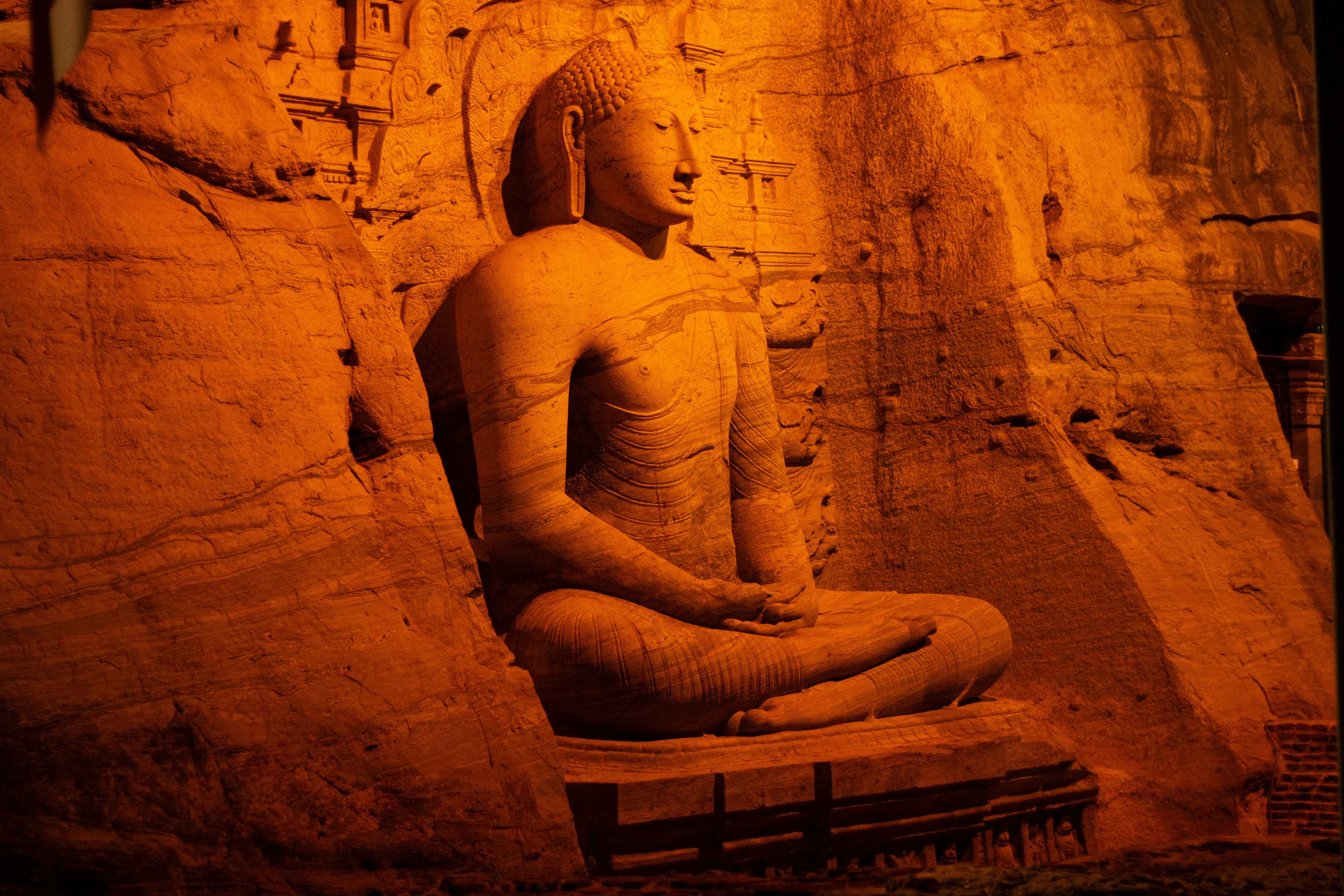
Image via Pexels.com
An understanding of the particular (his own karmic past), the universal (the karmic history of humanity). And ultimately the principle underlying the origin and end of suffering are the three main stages of the Buddha’s enlightenment experience. Environmentalists who practice Buddhism see this template as a way to integrate the concept of reciprocal codependence into the understanding of all elements of the ecosphere. It includes both individual species and larger groups.
USEFUL LINKS:
Click here to read more
The role of symbolism in Religion

